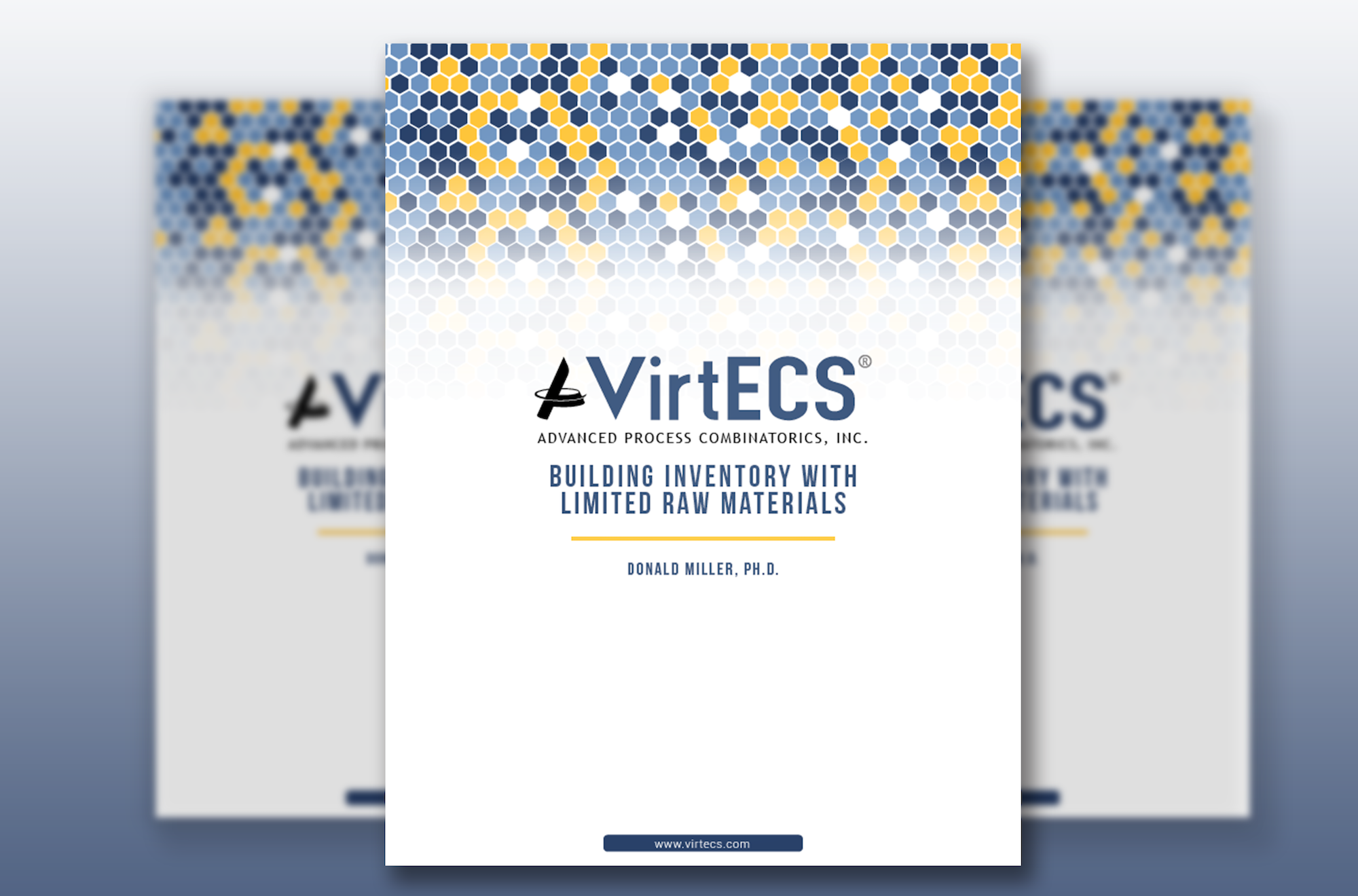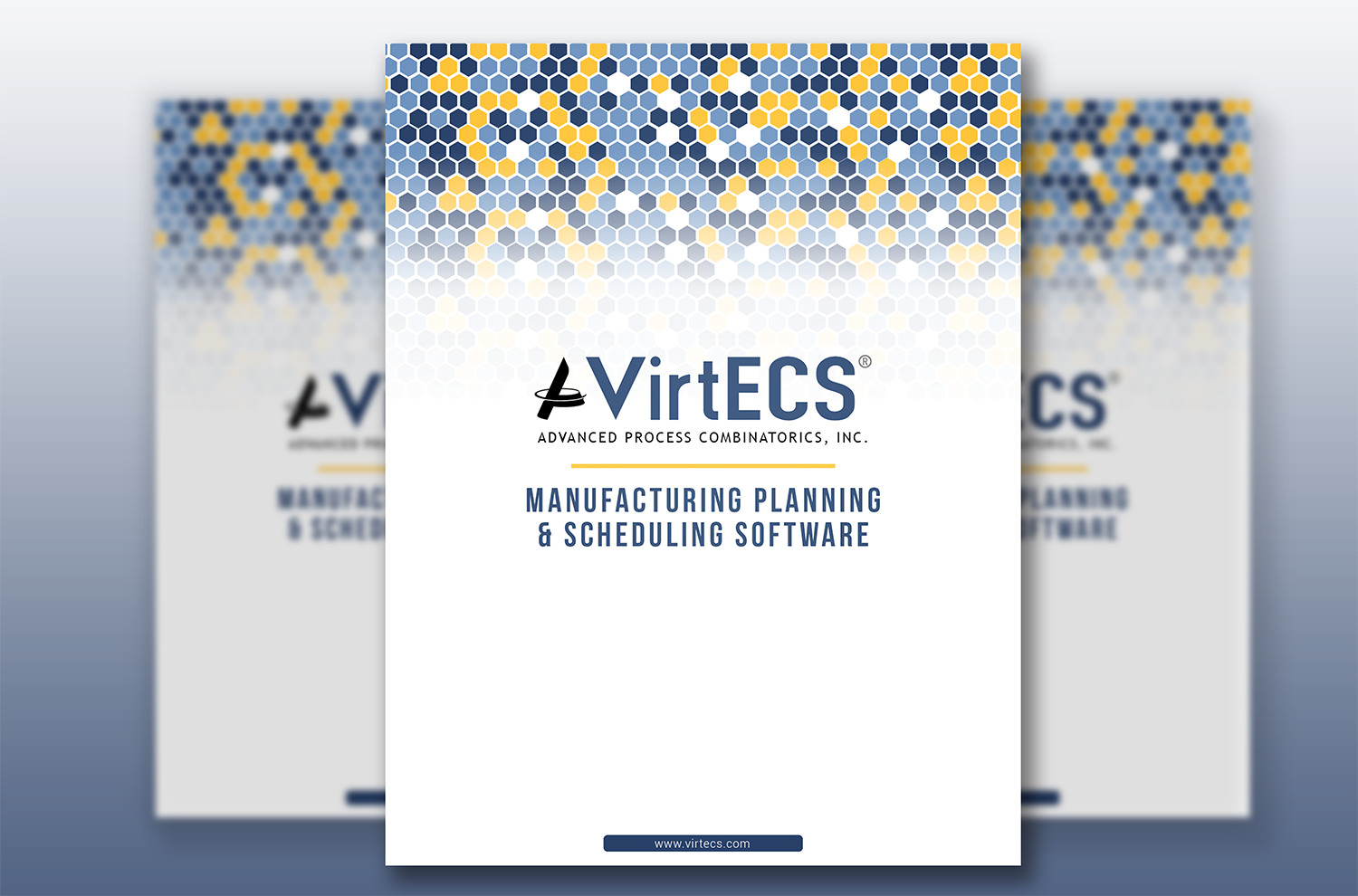Over the past year, a growing number of large US companies have kicked off efforts to onshore their manufacturing plants. Most have one common goal in mind: to regain control of their supply chain. Once established, a domestic supply chain is typically easier for businesses to manage, allowing them to reduce or eliminate most delays.
However, onshoring manufacturing facilities isn’t without its own challenges. To reach the worthwhile payoff, business leaders must be strategic with their operational plans and prioritize optimization in order to avoid a new set of problems. Below, we’ll discuss some of the challenges looming over new US manufacturing plants and suggestions to work around these issues.
A Shrinking Workforce
Many US industries have recently experienced labor shortages. Unfortunately, the manufacturing industry is among the most affected, with more job openings recorded last year than ever before, according to Deloitte. It’s likely the labor shortage will continue in the future, as the National Association of Manufacturers forecasts that 2.1 million manufacturing jobs will be unfilled by 2030.
For organizations opening new plants in the US in the coming years, this could present a serious problem without proper planning. When selecting sites for new domestic plants, manufacturers should research the demographics and manufacturing history of the area to ensure there will be enough workers available to staff the facility. However, it will also be important to create a mitigation plan to address potential staffing problems. For example, we recommend manufacturers design their plants with the capability to easily scale up or down depending on the number of employees they have available. With this feature incorporated into the plant’s capacity plans, leaders can make adjustments quickly with minimal waste or lost time.
The Search for New Vendors
When companies transition to vertically integrated domestic plants, they also need to secure their own suppliers for the facilities. For businesses that previously used contract manufacturers, this may be a new process that they’ve never had to engage in before. Because manufacturing is such a vendor-dependent industry, new plants need to establish a network of suppliers for all of their raw materials and sub-assemblies before they can get started on production.
To find reputable vendors, some manufacturers rely on online supplier directories, which provide large, up to date lists of potential partners in the US and beyond. Of course, another safe route is to consult colleagues or other industry professionals for referrals. Contacts who have already built a US-based supply chain can offer valuable insight into important considerations or lessons learned from their experience. As you select your primary vendors, be sure to keep an updated list of backup options as well. If we’ve learned anything in the last two years, it’s that manufacturers should always be prepared for every possible supply chain disruption.
Rising Infrastructure Costs
Every manufacturer knows there are steep upfront costs that come with establishing a new plant. If the land doesn’t yet have infrastructure like water and gas in place, it can be expensive and time-consuming to add those facilities. To make matters more complicated, certain areas of the country can also have issues securing some critical resources, such as the ongoing drought causing water shortages in the West.
For companies hoping to regain control of their supply chain as soon as possible, infrastructure delays can be a big problem. Building costs are already steep, and plants need to start production as soon as possible to start recouping costs.
To assuage some of these expenses and delays, we recommend new plants utilize a capacity analysis tool before construction even begins. This software can help manufacturers avoid bottlenecks and maximize production capacity from the beginning. VirtECS® offers nearly 30 years of experience in capacity analysis for some of the most complex manufacturing processes in the world. As one client in the pharmaceutical industry told us, “I have evaluated more than a dozen process modeling software solutions and VirtECS® is hands-down the most powerful for end-to-end capacity analysis.” For a free demo of our tool, schedule a short call with one of our experts here.












